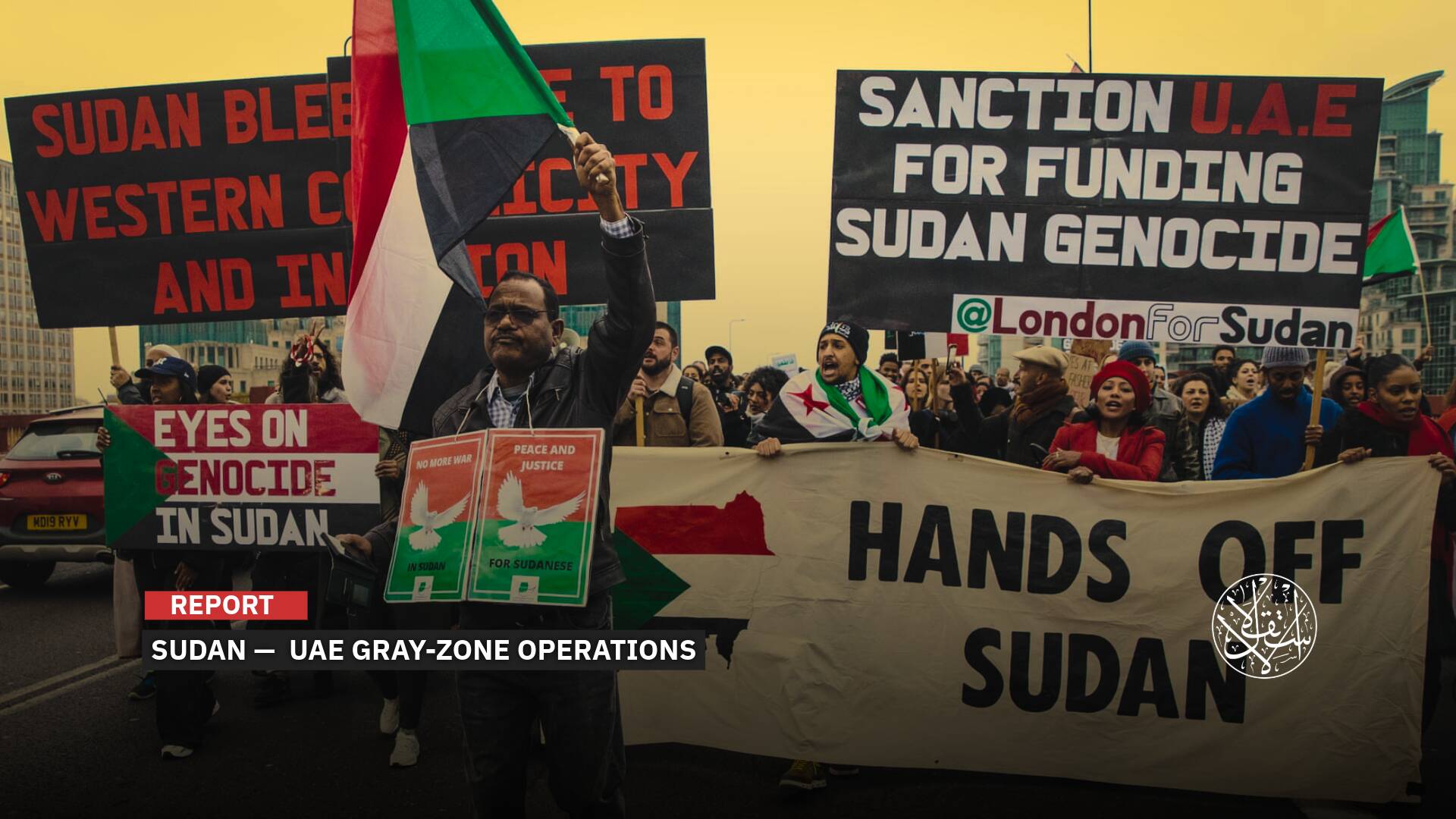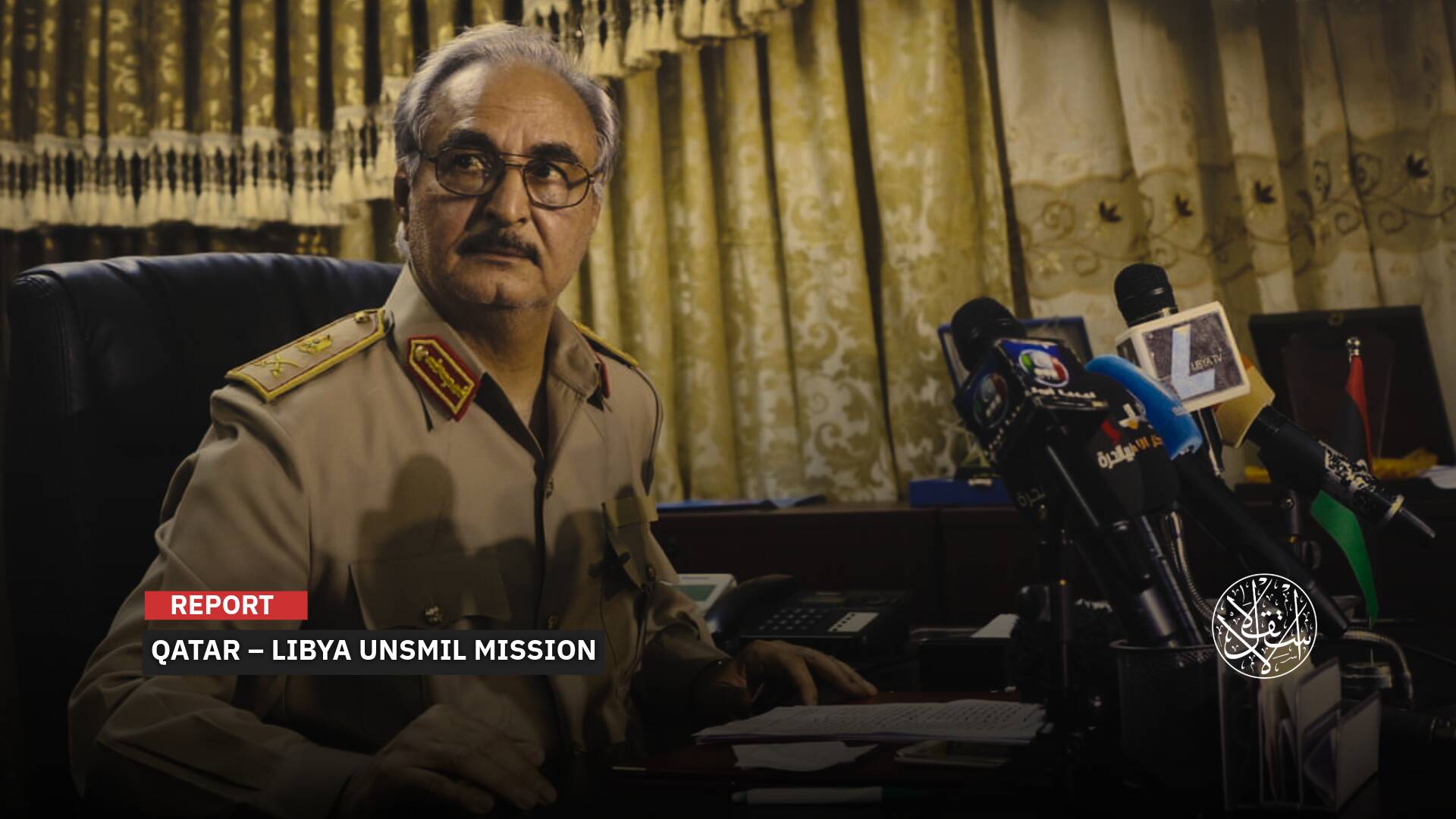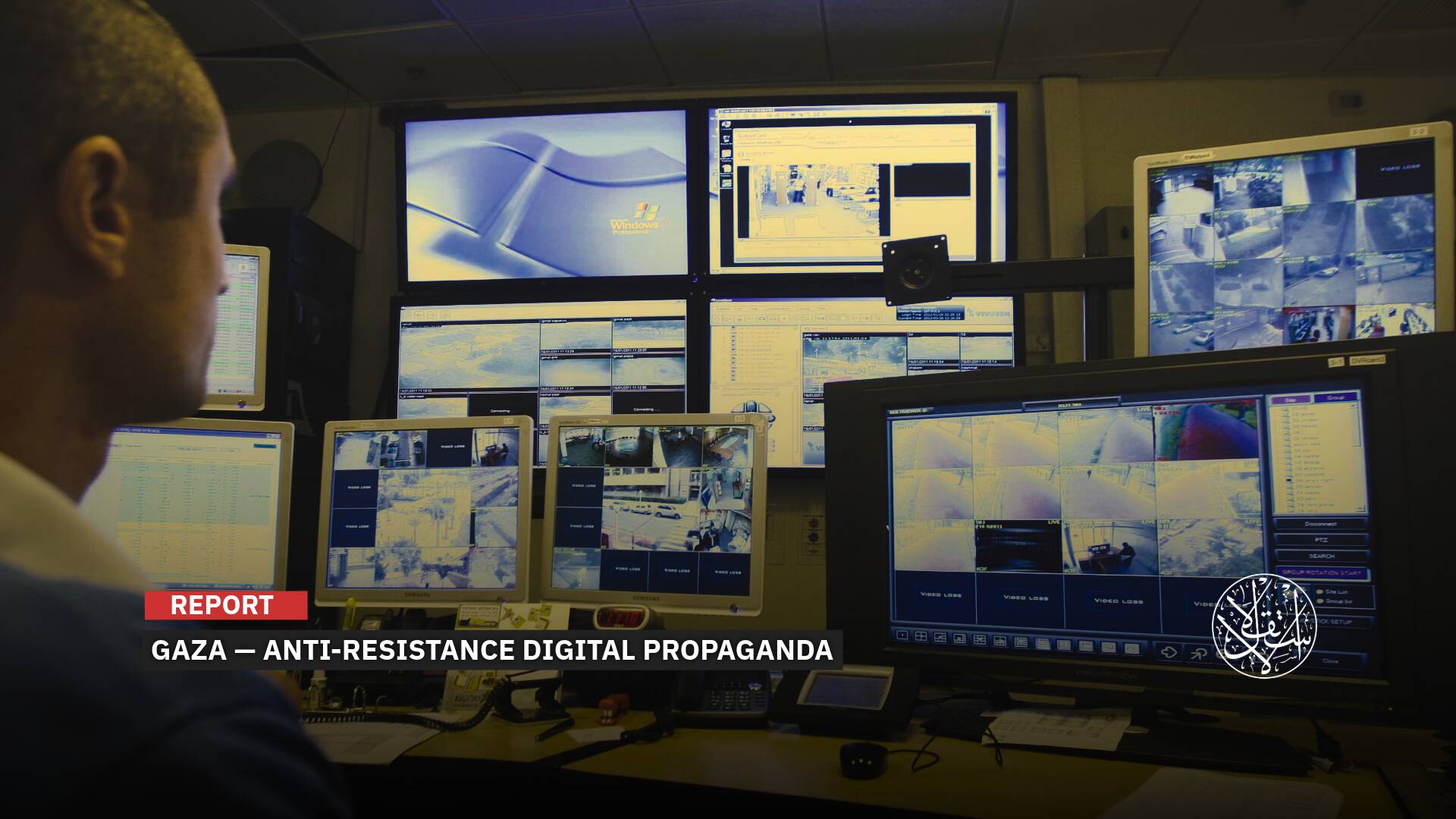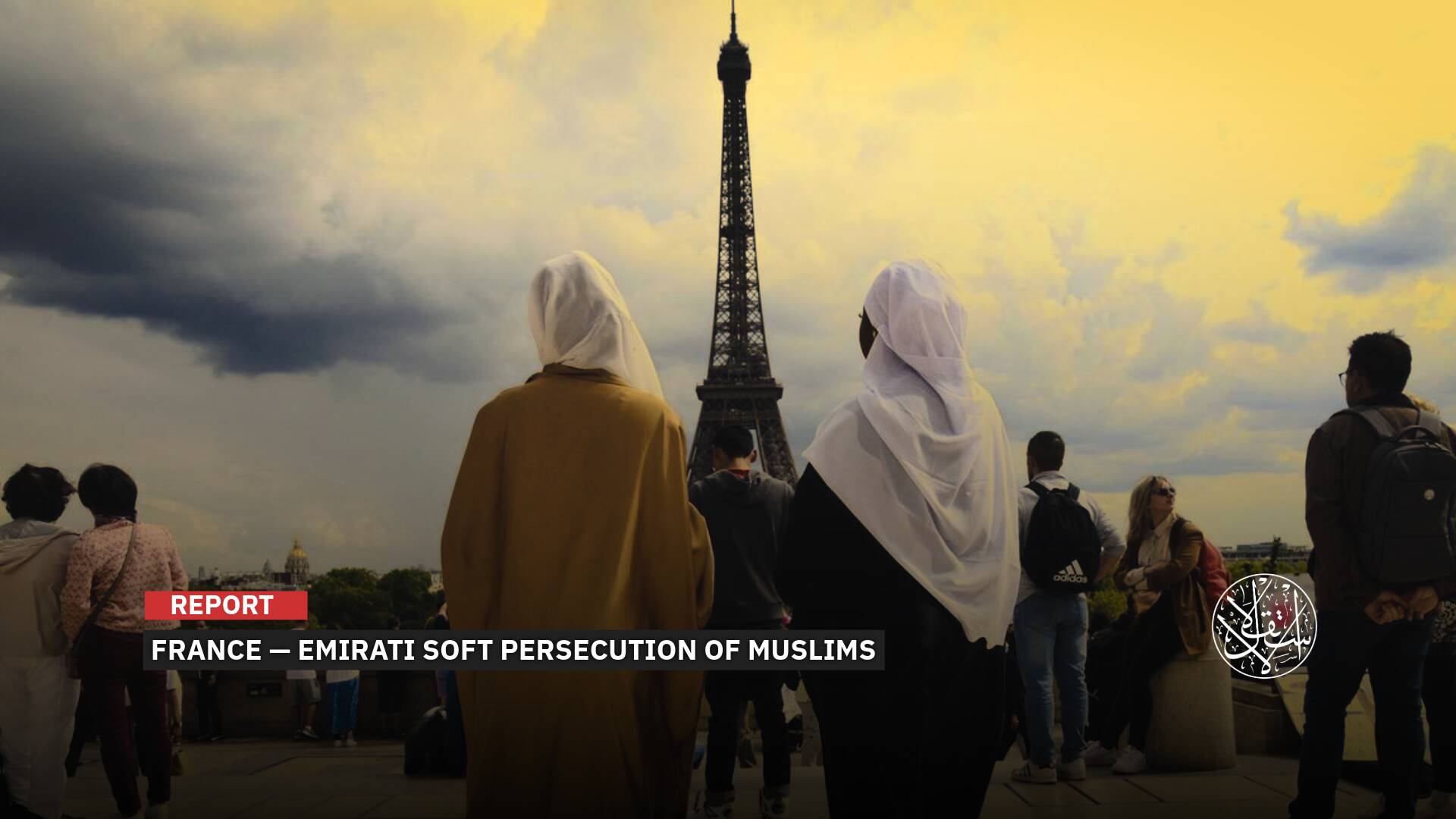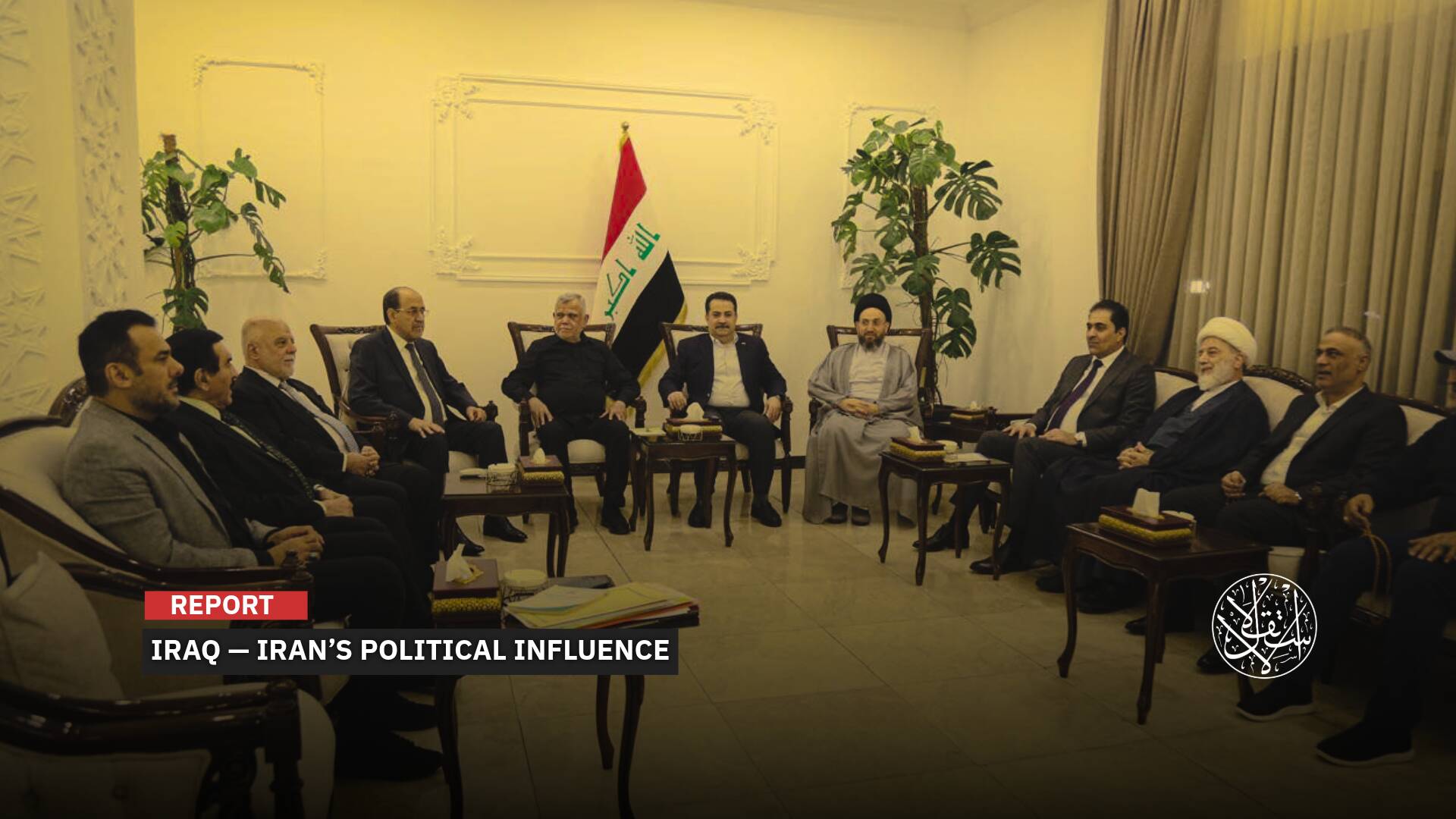Removing Four Zeros from the Rial: What It Means for Iran’s Collapsing Economy
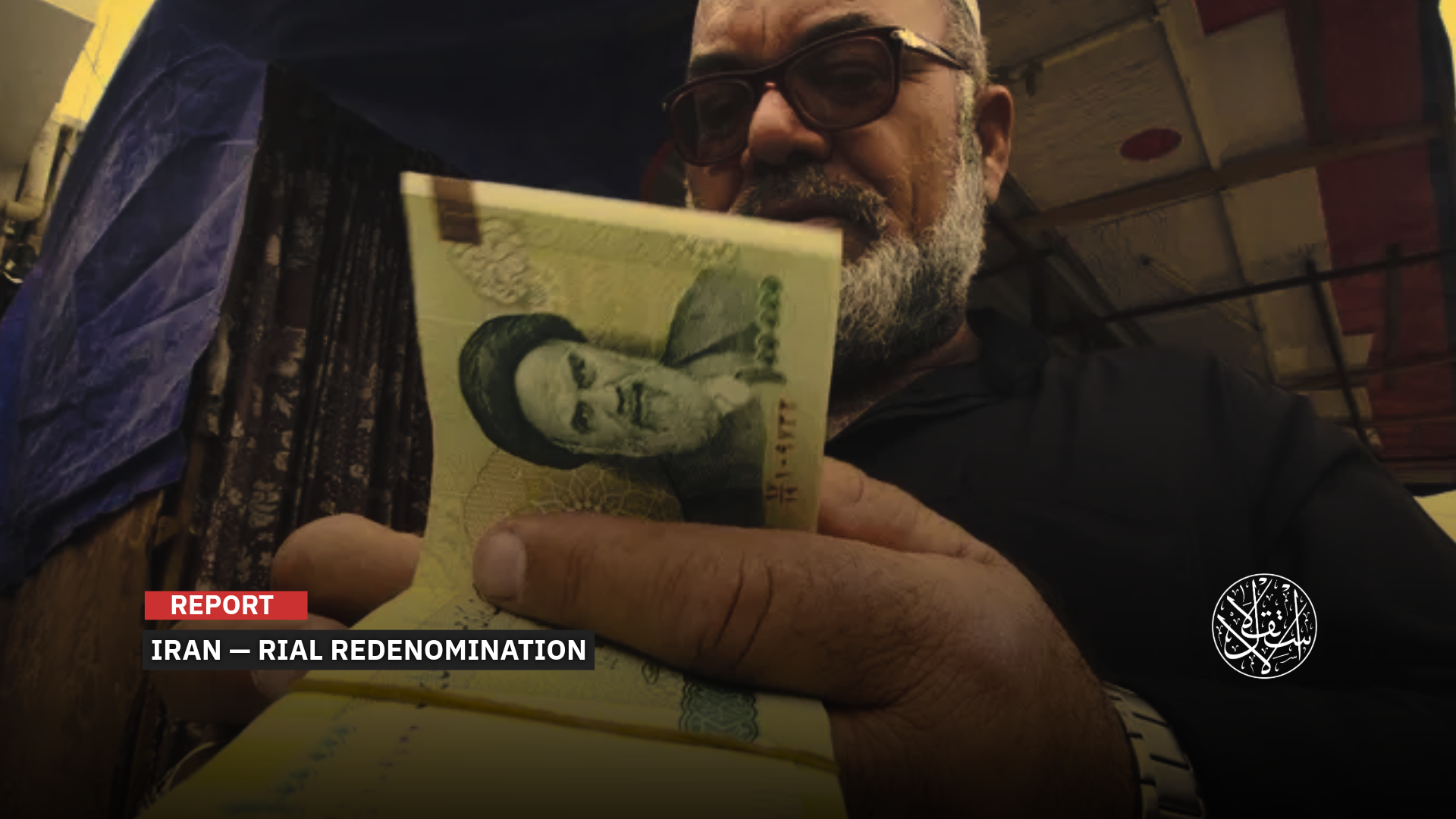
The black-market rate for the dollar has reached approximately 925,000 rials.
With the Iranian government approving a draft law to slash four zeros from its national currency, the rial, questions are mounting over the timing of the move, and how it will play out in an economy that has been in freefall since Washington reimposed sanctions in 2018.
Iran’s financial crisis deepened further after President Donald Trump reinstated his “maximum pressure” policy on Tehran in early February 2025, aimed at cutting off its path to a nuclear weapon and curbing what Washington sees as destabilizing regional influence.
The situation worsened dramatically following the 12-day war launched by “Israel” against Iran on June 13, 2025, which also saw U.S. airstrikes on Iranian nuclear sites.
The fallout has sent the black-market dollar soaring to around 925,000 rials, a stark reflection of the currency’s collapse.
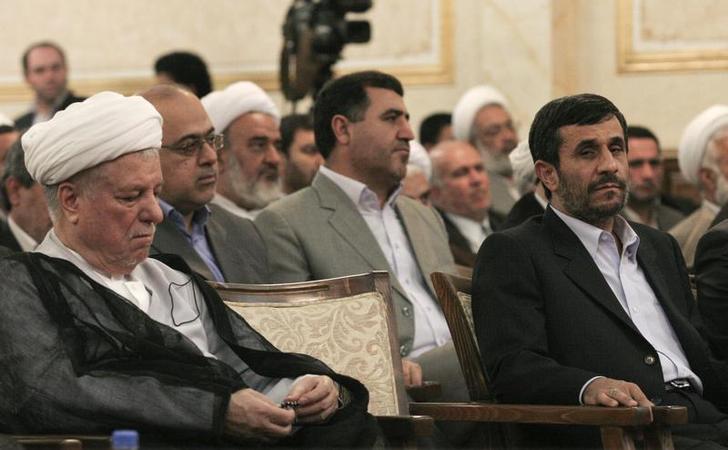
Prolonged Efforts
On August 11, Iran’s government, led by reformist president Masoud Pezeshkian, approved a draft law to remove four zeros from the national currency after debate and review, according to the official IRNA news agency.
The measure, known as redenomination, involves the central bank replacing the old rial with a new unit of lesser nominal value.
In practice, each new rial will be worth 10,000 of the rials currently in circulation, without altering the currency’s real value.
Government spokesperson Fatemeh Mohajerani told IRNA that the cabinet had endorsed the plan, one week after the parliamentary economic affairs committee passed a proposal paving the way for the reform.
The government spokesperson added that the national currency would remain the rial, with the qiran designated as its subunit.
She stressed that the redenomination process would take time and, for a transitional period, two currencies would circulate in parallel. No further details were provided.
Outlining the plan, Shamseddin Hosseini, head of the parliamentary economic committee, said the original draft law submitted by the government had proposed renaming the currency from the rial to the toman, and adopting the qiran as the smaller unit. But the committee opted to keep the rial as the official currency.
Under the revised proposal, Hosseini explained, the qiran will serve as the subunit, with one new rial equal to 100 qirans.
He noted that the Guardian Council had raised questions about how the measure might affect Tehran’s obligations to the International Monetary Fund.
The committee chair stressed that the move was part of a broader monetary reform that would not fundamentally alter the financial system, but rather aimed to simplify transactions and reduce the psychological impact of inflation in daily dealings.
Talk of slashing zeros from the currency dates back to the 1990s, during the presidency of Akbar Hashemi Rafsanjani (1989–1997), though at the time it never moved beyond proposals.
The idea resurfaced more seriously under his successor, Mahmoud Ahmadinejad (2005–2013).
During Ahmadinejad’s tenure, central bank governor Mahmoud Bahmani was tasked with conducting preliminary studies.
But the project stalled as it coincided with the introduction of a subsidy reform plan and sharp economic volatility.
Under President Hassan Rouhani (2013–2021), the debate resurfaced with an initial proposal to remove three zeros, before evolving into a draft law to cut four zeros and adjust the currency unit.
Implementation, however, was tied to achieving single-digit inflation and building the necessary infrastructure.
Among the preliminary steps taken during Rouhani’s tenure was the adoption of the toman as the official unit of account in 2016, replacing the rial for practical use but without removing zeros, a move seen as signaling intent to reform the monetary system.
In 2019, the government approved the plan to redenominate, and parliament gave it initial backing in 2020.
Yet U.S. sanctions, volatility in the foreign exchange market, and the impact of the Covid-19 pandemic all combined to derail its execution.
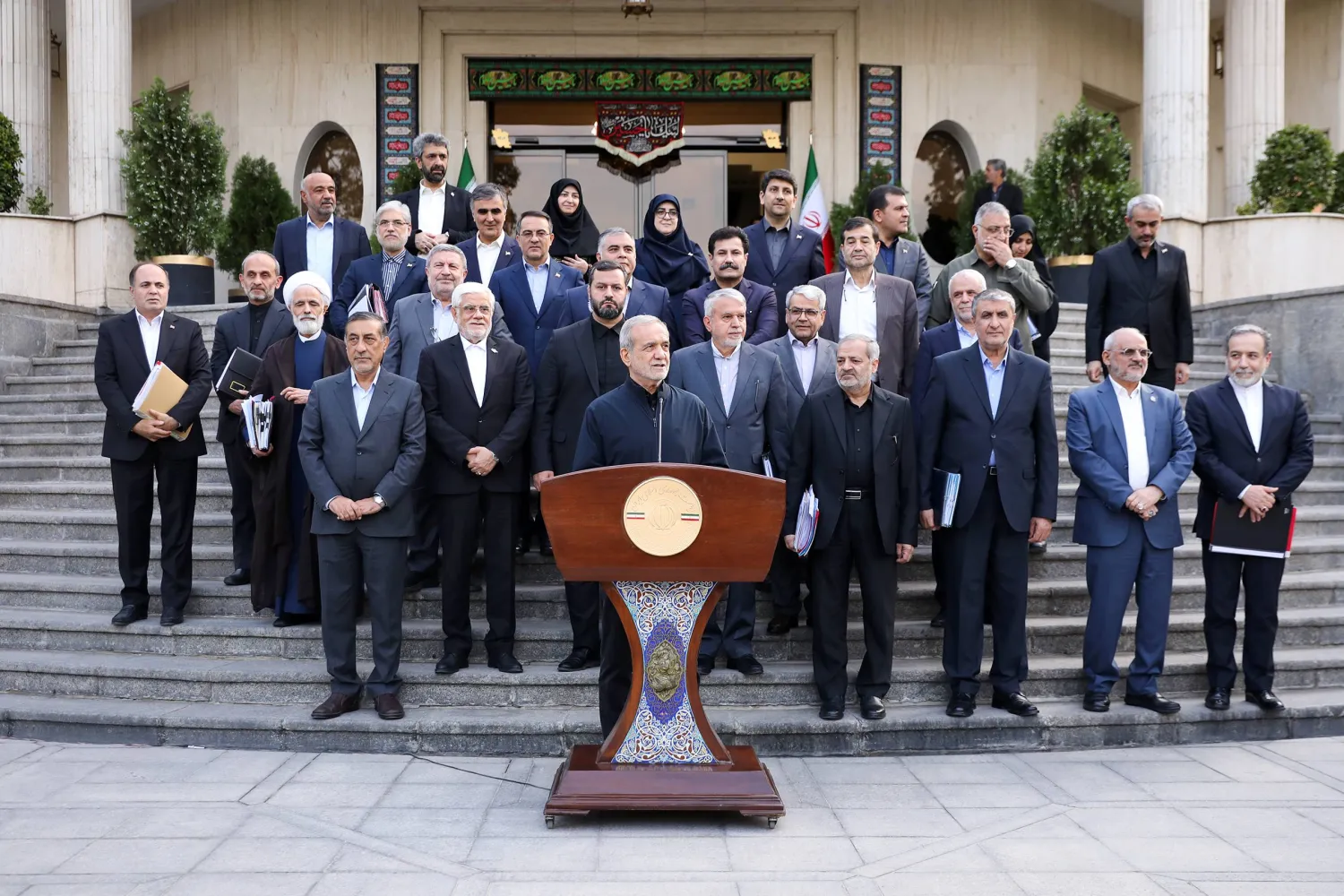
Showy Scheme
Despite the approval of the draft law to redenominate the currency, most Iranian economists believe that implementing the plan under current conditions will do little to rein in inflation and could instead impose additional costs and risks on the country.
At the heart of Iran’s economic crisis lie soaring inflation, structural weaknesses in the banking system, a widening budget deficit, and ineffective macroeconomic policies.
Until these underlying issues are addressed, experts argue, removing zeros will merely create temporary confusion while adding the expense of reprinting banknotes and updating financial systems.
They emphasize that structural reforms, tighter control over liquidity, and broader economic stabilization must be the priority for policymakers.
Only then, they argue, can measure such as cutting zeros from the national currency be considered a final step to ease financial and accounting transactions.
Commenting on the current feasibility of the plan, Iranian financial expert Ahmad Hatami Yazd said that “liquidity levels and macroeconomic policies are the main determinants of inflation and economic growth, and removing zeros will not make a difference in that regard.”
“Instead of focusing on such symbolic schemes, officials should pursue policies that bring economic stability, curb inflation, and encourage investment,” he said, according to the Iranian outlet Kebna News on August 12.
In a similar vein, Iranian economist Vahid Shaghaghi told Khabar Online in an interview on August 12 that “at present, there is no solid foundation for removing zeros, given the lack of a clear outlook for reducing inflation and the persistence of structural imbalances in the economy.”
The economist added that “implementing this policy under current conditions will not only be ineffective, but could also worsen inflationary expectations and place an additional, if modest, burden on the market.”
Shaghaghi stressed that successful examples of redenomination elsewhere highlight the need to first bring inflation under control and achieve economic stability. Without that, he warned, the policy could have severe consequences.
Meanwhile, economist Mohammad Taghi Fayyazi dismissed the plan to cut four zeros as “merely symbolic and ineffective.”
“There is no scientific evidence that removing zeros helps contain inflation. Such a policy is futile when inflation exceeds 30 percent, it should only be considered once inflation has been reduced to single digits,” Fayyazi said.
In comments carried by the Iranian outlet Rooidad 24 on August 12, Fayyazi said, “Such a plan only adds extra costs to the monetary system, which could in turn fuel higher inflation.”
He went on to warn that “with inflation running at between 40 and 50 percent, the value of the national currency will quickly erode, and the inflationary cycle will simply repeat itself.”
Fayyazi pointed to successful cases such as West Germany and Turkiye, which first managed to bring inflation under control before moving ahead with redenomination.
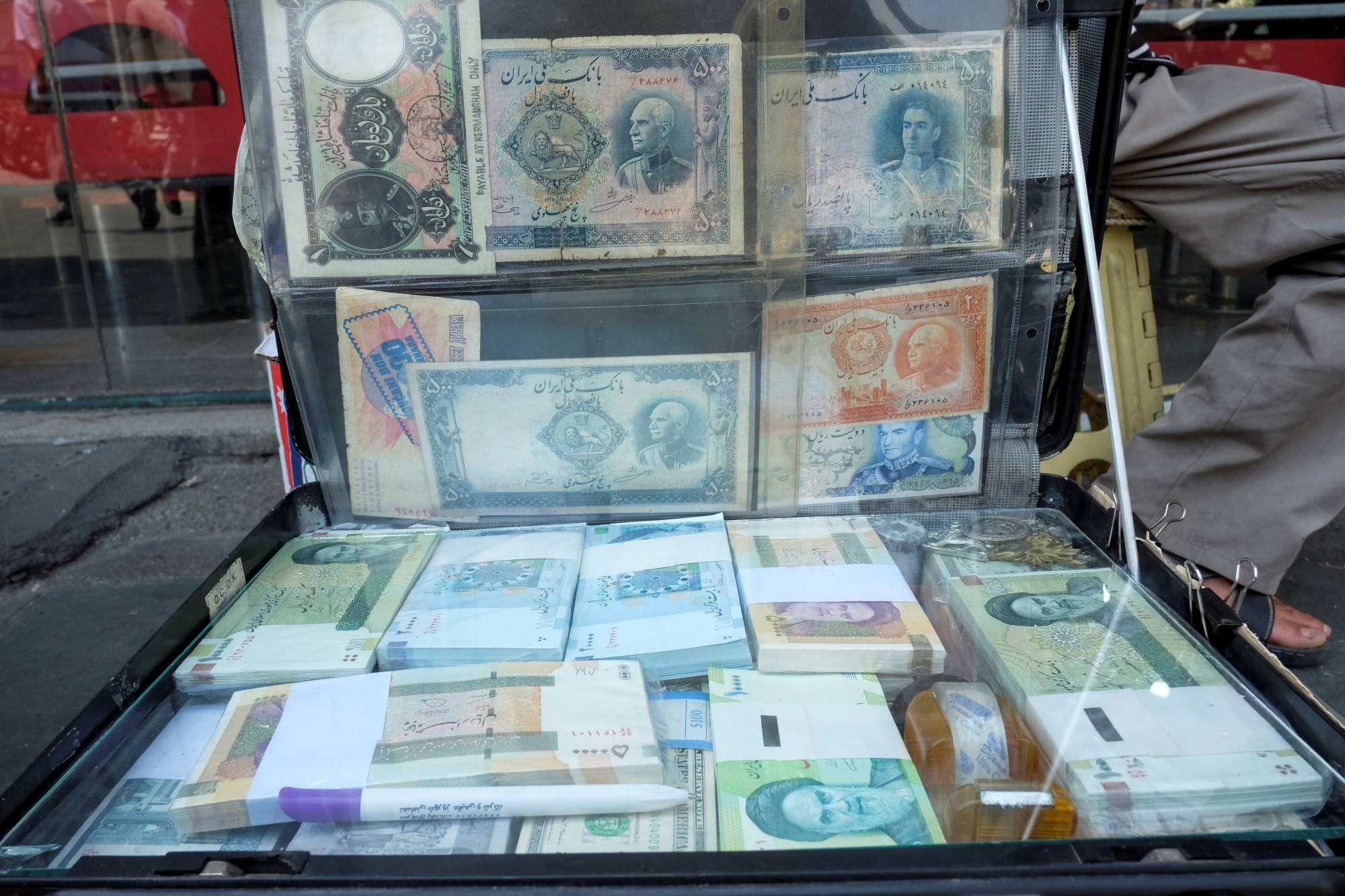
An Opportunity for Reforms
Despite the official goals of the plan, such as easing transactions and reducing the cost of printing banknotes, the Iranian outlet Dardasi described the move as “paving the road at the end of a construction project,” noting that the early stages of broader reforms have yet to be completed.
In a report published on August 13, the agency highlighted that “the success of this plan depends on addressing macroeconomic problems such as the budget deficit, rising liquidity, sanctions, and the lack of foreign investment.”
Beyond the technical and economic aspects, the proposal to remove four zeros from the national currency also presents challenges and opportunities for policy-making and government administration, which must be addressed for the plan to succeed, the report added.
The report emphasized the need to combine superficial and structural reforms, noting that the main challenge for the government is how to turn this symbolic change into a genuine opportunity to address core economic problems, such as liquidity management and the budget deficit.
The success of the plan, it argued, depends on the government integrating it into a comprehensive economic program.
It highlighted that implementing the plan, with the costs of printing new banknotes and updating software infrastructure, requires careful cost management and a clear economic justification to the public, particularly given the government’s limited resources.
Done well, the initiative could provide an opportunity to build public trust while carrying out broader economic reforms with full transparency about both benefits and costs.
The agency also noted that currency changes demand close cooperation among all executive and judicial institutions, especially the central bank.
Providing accurate, gradual information to the public is vital to prevent confusion or market volatility, and involving citizens as partners in the process could help ensure the reform’s success.
The agency’s report concluded that, under current conditions, the plan to remove four zeros from the national currency can be seen either as an opportunity or a challenge for the government.
It argued that the ultimate success of the plan does not depend solely on the number of zeros removed, but on the government’s ability to seize the opportunity to implement deep economic reforms and build public trust.
In a similar vein, Gholamreza Mesbahi Moghadam, head of the Iranian central bank’s Fiqh Council, said that “removing four zeros from the national currency has a positive psychological effect,” according to Hamshahri Online on August 13.
“People compare the value of the national currency with other currencies and perceive the rial as worthless and insignificant. For this reason, monetary reform is essential,” Moghadam said.
Several countries have previously taken similar measures. Turkiye, for instance, removed six zeros from its currency in 2005, while Venezuela and Zimbabwe have also pursued redenomination, all in efforts to rein in inflation and improve the public image of their currencies.
The moves were also aimed at simplifying monetary systems by making calculations easier and reducing complexities in daily transactions.
Sources
- Removing four zeros from the national currency approved by parliamentary commission [Persian]
- Removing four zeros from the national currency: economic solution or symbolic gesture? [Persian]
- Toman instead of rial? Full details on removing four zeros from the national currency [Persian]
- Removing four zeros: a costly and futile plan amid inflation and economic imbalance [Persian]
- Toman instead of rial? Full details on removing four zeros from the national currency [Persian]
- Iran approves removal of four zeros from its national currency [Arabic]
- Iranian government approves removal of four zeros from the national currency [Arabic]
- Iran removes four zeros from its national currency [Arabic]
- Iran… Parliament approves removing four zeros from the currency and keeping “rial” as the official name [Arabic]


